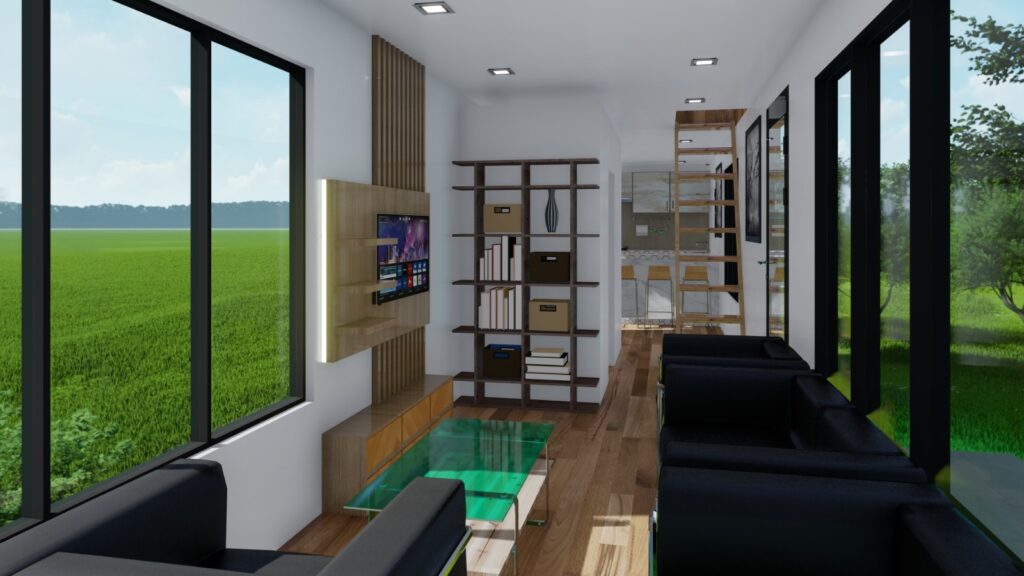In the rapidly evolving landscape of cybersecurity, organizations face an ever-expanding array of threats that demand innovative solutions. Traditional security measures are no longer sufficient to combat sophisticated attacks and vulnerabilities. This is where AI-driven security analysis emerges as a transformative approach, leveraging the power of artificial intelligence to enhance threat detection, response, and mitigation.
AI-driven security analysis harnesses machine learning algorithms and advanced analytics to analyze vast amounts of data and identify patterns indicative of potential threats. By automating and augmenting security operations, AI empowers organizations to proactively detect and respond to threats in real-time, reducing reliance on manual processes and improving overall efficiency.
One of the key advantages of AI-driven security analysis is its ability to detect anomalies and deviations from normal behavior. By establishing baseline patterns of network traffic, user activity, and system behavior, AI algorithms can swiftly identify suspicious activities that may indicate a breach or unauthorized access. This proactive approach enables organizations to preemptively mitigate risks before they escalate.
Moreover, AI-driven security analysis enhances threat intelligence by continuously learning and adapting to new threats and attack vectors. By analyzing historical data and incorporating threat intelligence feeds, AI algorithms can stay ahead of emerging threats, enabling organizations to fortify their defenses and respond effectively to evolving cyber threats.
Furthermore, AI-driven security analysis facilitates predictive analytics by identifying trends and predicting potential security issues based on historical data and contextual information. This foresight allows organizations to prioritize security efforts and allocate resources more effectively, reducing the likelihood of security incidents and minimizing impact.
Another critical aspect of AI-driven security analysis is its role in automating incident response and remediation. By integrating with security orchestration and automation platforms, AI algorithms can autonomously respond to security events, execute remediation actions, and streamline incident response workflows. This automation not only accelerates response times but also frees up security teams to focus on strategic initiatives.
Additionally, AI-driven security analysis supports compliance and regulatory requirements by providing continuous monitoring and audit capabilities. By generating comprehensive reports and audit trails, organizations can demonstrate compliance with industry standards and regulatory mandates, enhancing trust and transparency.
In conclusion, AI-driven security analysis represents a paradigm shift in cybersecurity, empowering organizations to stay ahead of evolving threats and safeguard critical assets. By leveraging the predictive capabilities of AI, organizations can proactively identify and mitigate risks, enhance threat intelligence, and automate security operations. Investing in AI-driven security analysis is not just a strategic imperative but a necessary step towards building resilient and adaptive security postures in today's dynamic threat landscape. By embracing AI as a force multiplier for cybersecurity, organizations can bolster their defenses, mitigate risks, and foster a culture of innovation and resilience in the face of persistent cyber threats.
